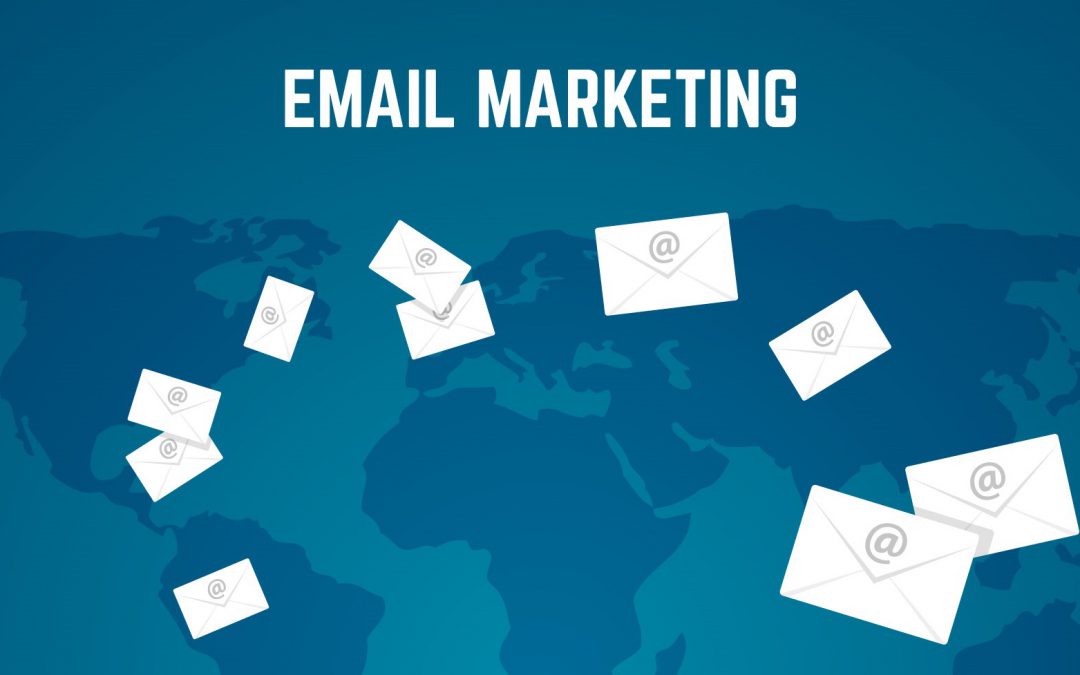
Digital marketers are delighted at the prospect of reaching about 4.6 billion global email users by 2025. Email marketing is still one of the highest ROI communication channels in 2021, and that is unlikely to change.
Along with the promotion opportunities, email marketing presents many security issues. This increases the need for a robust cyber-security system.
Here are the main threats email marketers will face and how to combat them.
1. Phishing attacks
Phishing emails and web attacks are nothing new, but in 2021 they have skyrocketed. In January 2021, there were 27% more phishing sites (over 2,145,000) than in January 2020.
To prevent phishing attacks, users should avoid opening emails that contain links to malicious websites. Later, the malware will freeze the computer’s operations, allowing the hacker to steal private credentials or access all user accounts.
The emails are realistic in design and communication style, just like the real thing. As a result, many organizations worldwide actively train employees to identify and avoid suspicious emails.
Anti-phishing
This cybersecurity SaaS prevents email phishing and unauthorized domain usage in enterprise environments. With the DMARC DNS record on the company domain, users get periodic reports on the main email security threats and how to improve protection.
2. Account Takeover (ATO) attacks
Account Takeover (ATO) attacks allow hackers to access victims’ accounts. This puts the user’s financial accounts at risk, as fraudsters steal login credentials for banks, ecommerce sites, and other sites.
Email hackers are increasingly using Office 365 Account Takeover, according to Gartner. phishing emails pretending to be an Office 365 Administrator, asking users to login and reset their password. The user falls for the scam and enters their credentials, which the attacker then uses to log into the account. The phishing emails also spread throughout the organization’s internal mailboxes.
ATOs are difficult to detect because they appear to be from reliable sources. In more sophisticated hacks, the hacker manipulates the account’s notifications, causing the owner to overlook suspicious activity.
ATO safety
Proofpoint EFD authenticates all incoming and outgoing email communication. The integration of EFD secures both internal communication within an organization and external communication with partners or customers. Identity deception features in EFD automatically block lookalike domains that the email account owners do not use.
3. Attachment-based threats
A formal email inviting the recipient to read the attached document may appear innocent at first. However, the prevalence of attachment-based email attacks warrants caution.
Ransomware is a common attachment-based threat where hackers encrypt data and demand payment to restore it. Keyloggers are a common threat. Upon clicking on the malware attachment, the keylogger begins recording all the keys entered for each account.
Popular email attachment formats to double-check before clicking include .iso and .exe.
So far, so good for digital marketers who receive email security alerts. However, as technology advances, new email security threats may emerge that are difficult to predict. So, especially for large businesses, email security integrations should be routine.








